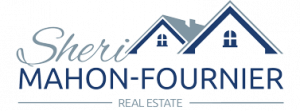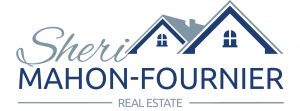Embarking on the journey to buy your first home is an exciting venture, but it’s essential to align your dream with reality. While we all may fantasize about a sprawling mansion, it’s crucial to consider what’s financially feasible to avoid the pitfalls of overextending yourself.
Understanding ‘Starter Homes’
For most first-time buyers, the concept of a “starter home” is a practical entry point into the property market. These homes are often smaller or in less ideal locations than your dream home, but they serve as a stepping stone towards long-term real estate investment.
Setting Realistic Expectations
Before you start house hunting, it’s vital to honestly assess your needs and financial capacity. This might mean adjusting your expectations and considering homes that fit within a comfortable budget. A real estate professional can guide you through this process, offering insights into mortgage options, interest rates, and first-time buyer programs.
Determining Your Price Range
Your affordability range is defined by two factors: your down payment capacity and the amount of loan (mortgage) you can comfortably sustain. A general rule of thumb is that your household expenses should not exceed 35% of your gross income.
Maximizing Your Down Payment
A substantial down payment reduces your financial strain in the long run. While you might find options for as low as 5% down, a 25% down payment is ideal. However, ensure you reserve some funds for unexpected expenses associated with purchasing a home.
Calculating Your Borrowing Limit
Financial institutions determine your borrowing limit by evaluating your debt-service ratio. This includes your existing debts plus the prospective mortgage payment, which should not exceed 40% of your gross income. The mortgage payment alone should not surpass 30% of your gross income.
Navigating Interest Rates and Mortgage Options
Interest rates significantly influence the size of the mortgage you can afford. Work with your REALTOR®, banker, or financial advisor to understand various mortgage products and find one that suits your needs, keeping in mind factors like flexibility, portability, and prepayment options.
Exploring Government Programs and Other Sources
- RRSP Home Buyers’ Plan: This plan allows you to withdraw up to $20,000 tax-free for a down payment, provided you repay it over 15 years.
- Ontario Home Ownership Savings Plan (OHOSP): For Ontario residents earning below a certain income, this plan offers tax credits on annual contributions towards a home purchase.
- CMHC Five Percent Down Program: Available to all, this program enables you to buy a home with as little as a 5% down payment, with CMHC insuring up to 95% of the home’s value.
Other down payment sources include personal savings, family loans or gifts, proceeds from the sale of your current home, or investment income.
Preparing for Your Home Purchase
Armed with this knowledge and the right financial planning, you can confidently embark on your home-buying journey. Remember, buying within your means and planning strategically are key to enjoying homeownership without undue financial stress.



